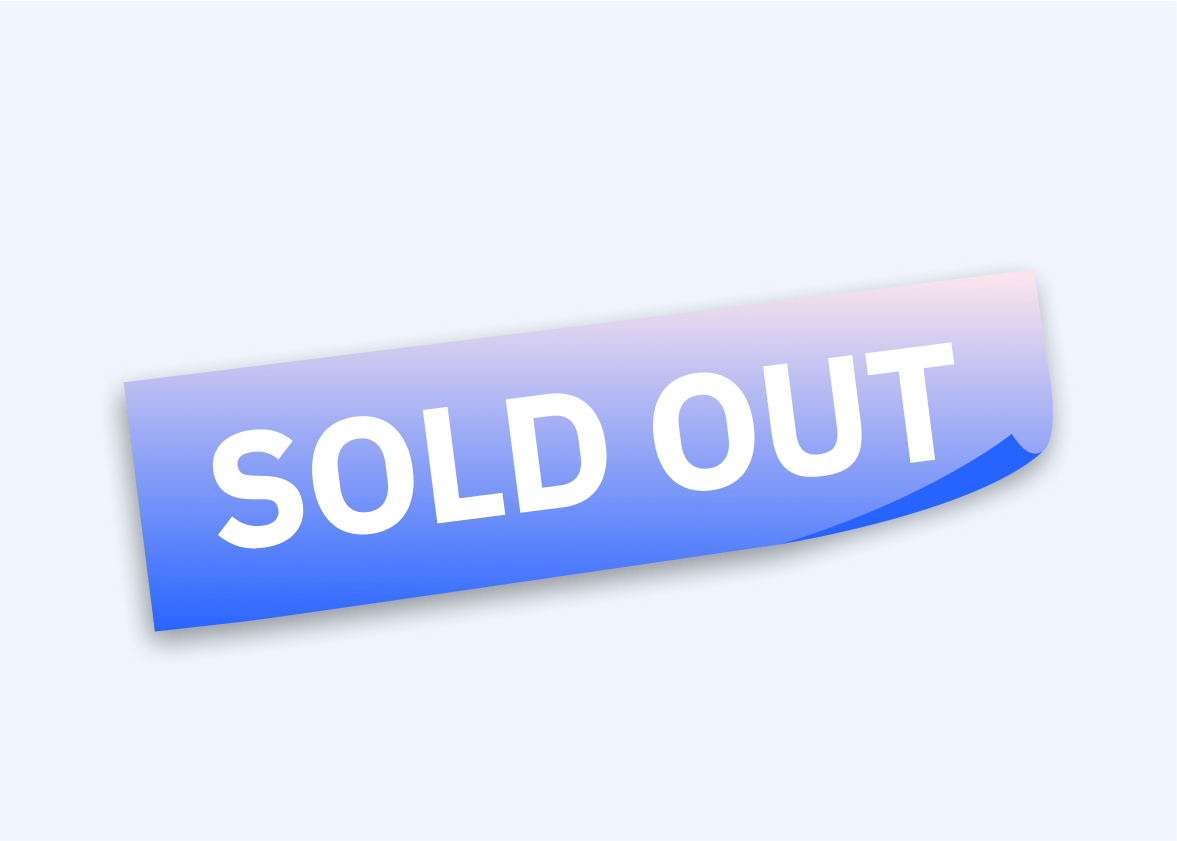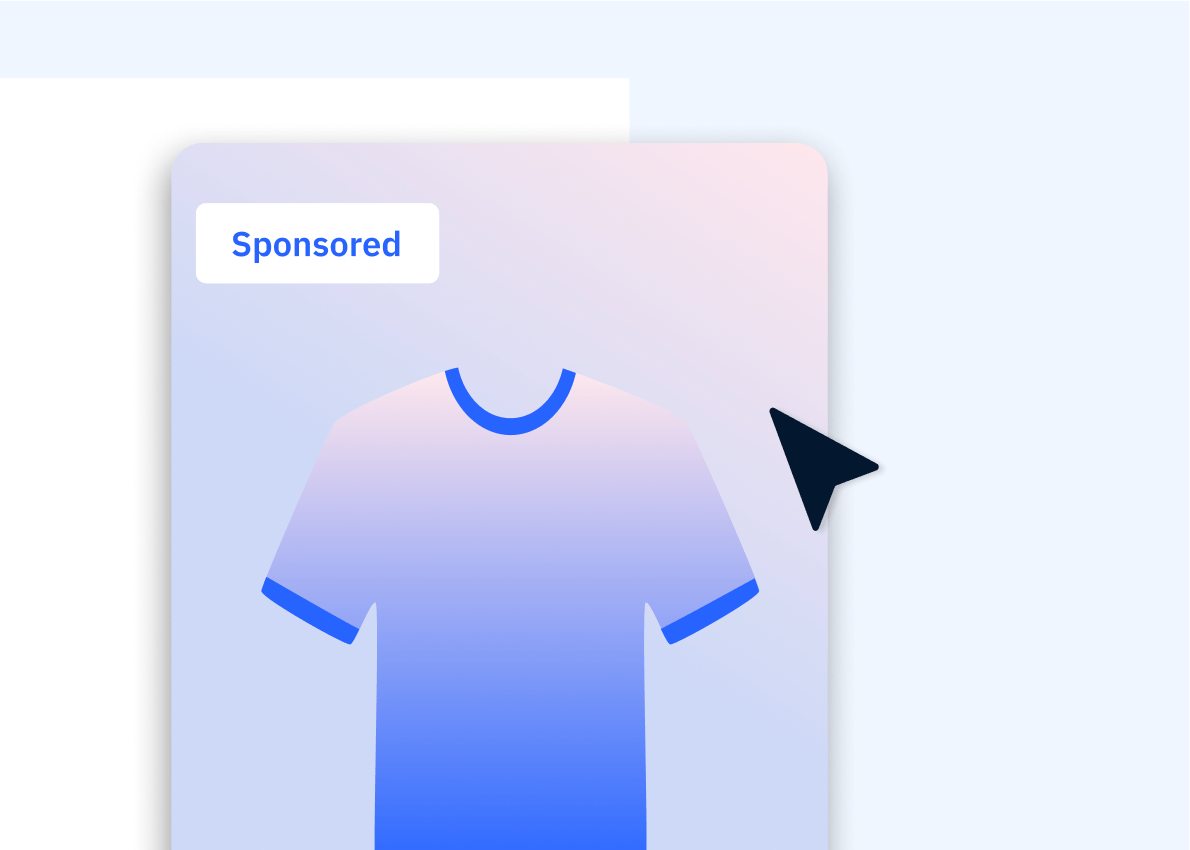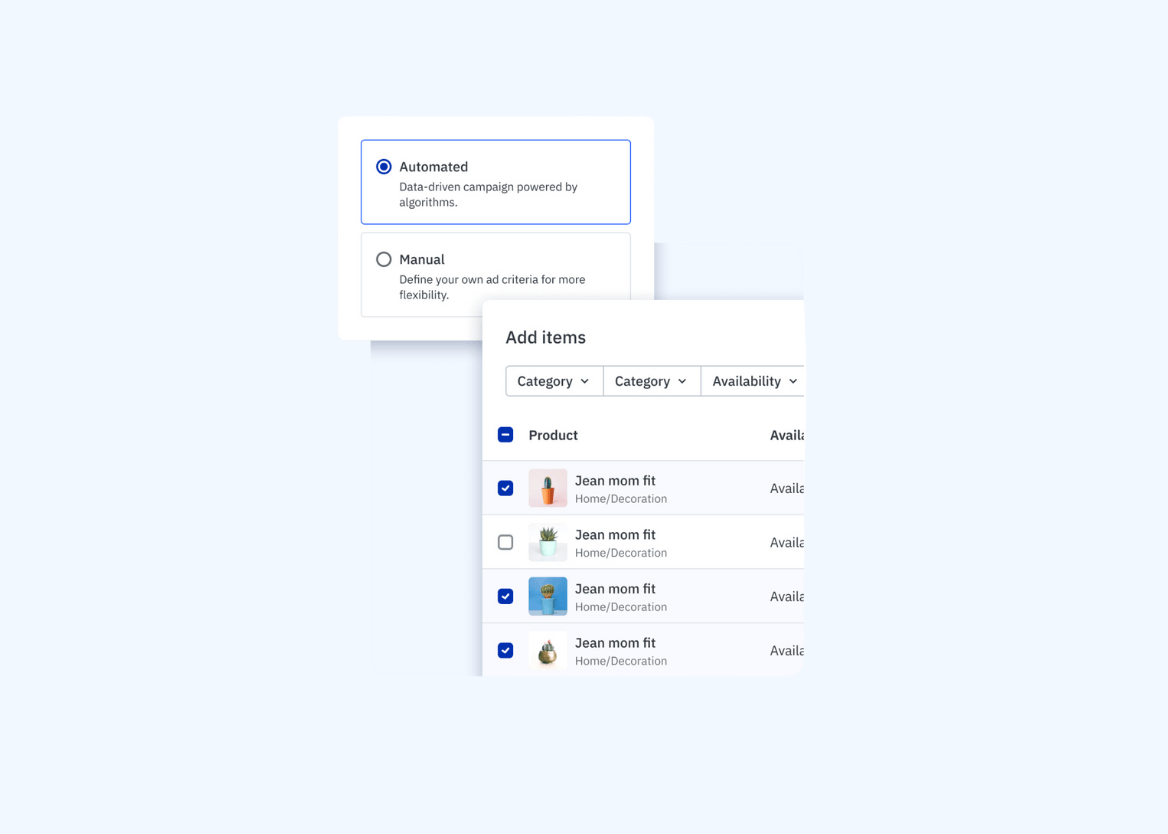You’re tracking fill rate. But, here’s what you might be missing.

Retail media isn’t short on demand. But too often, campaigns underdeliver and ad slots go unfilled. The problem usually comes down to fill rate.
Fill rate measures how many of your available ad placements are actually filled with paid ads. It’s a direct indicator of how efficiently you’re monetizing your inventory, and it's a core performance lever for retail media revenue.
The basic retail media revenue formula is simple: Quantity of inventory x CPC x CTR x Fill Rate.
To increase your revenue, you can:
Open more ad placements.
Improve click-through rates with better relevance.
Increase CPCs with more competition.
In this article, we’ll demonstrate how to increase fill rate — which is also linked to relevance and competition.
Where fill rate falls short
On leading retail media networks like Amazon, fill rates approach 100%, but across much of the industry, they lag behind.
According to a recent report, outside of Amazon and Walmart, only 54% of keyword searches show sponsored products.
So why does such a large gap in fill rate exist between leaders like Amazon and Walmart, and the rest of their competitors?
Fill rate depends on two levers:
Demand: Or, the number of advertisers and SKUs covering a large number of categories.
Tech quality: Or, how well products are mapped and matched with context (category, product or keyword).
If you have fill rate issues, then it’s likely associated with one (or both) of these two levers. With that in mind, the two biggest pitfalls you might encounter include an over focus on top advertisers, and a lack of relevance due to outdated tech.
Pitfall 1: You focused exclusively on top advertisers
Many platforms are still focused on the top 100 advertisers. More than 50% of retailers rely on 20% of their advertisers to fill 80% of their ad requests.
That works for a few categories, and specific keywords during peak periods, but across the long tail of products and during lower-traffic windows, fill rates fall.
Monetization is limited when advanced advertising technology and dedicated support are disproportionately focused on a small segment of large advertisers.
Your solution:
To address these challenges, you need a technology that:
Can easily onboard advertisers of any size with automated campaigns that intelligently select the most relevant products from their entire catalog.
Has visibility into unserved keywords and categories with low fill rates. This enables you to refine your demand strategy and empower your sales team to target high-impact advertisers, offering tailored incentives such as free credits or reduced floor prices.
Activating long-tail and/or sellers allows you to fill inventory gaps in non-core categories. When these emerging brands run always-on campaigns, it drives consistent coverage across your site.
Unlike larger advertisers that concentrate their spend during peak periods, long-tail sellers maintain a steady presence, helping you monetize lower-traffic inventory and sustain revenue growth throughout the year.
Pitfall 2: You have outdated tech not focused on relevance
Some retail media solutions rely solely on manually-added keyword lists and exact matches to map products. This method is time-consuming and severely restricts the ability to match queries with the right products.
Additionally, these platforms often categorize products based only on their title, ignoring important attributes like specifications, complementary items and shopper behavior data. This oversimplification reduces the effectiveness of product discovery and limits ad relevance.
Your solution:
Smarter targeting ensures that each sponsored product is relevant.
By leveraging real-time behavioral data and AI-driven relevance algorithms, products are matched to shoppers and their request with precision. This not only improves click-through rates and enhances the overall shopping experience, but it also boosts your fill rate.
In fact, AI-driven targeting also expands the scope of reach, enabling campaigns to match against more search queries, even if they include synonyms, typos or fuzzy logic.
For example, imagine a product listed simply as a "couch." If a shopper searches for a "sofa," and the engine isn’t intelligent enough to understand the connection, that product won’t be shown. That’s the power of advanced matching: the ability to associate each product with the right keywords, contexts and shopper signals.
Without it, even a well-stocked catalog can fail to deliver.
At Mirakl, our product-mapping tool leverages images, organic results and purchase behaviors to create more complete and accurate product representations. Plus, it is adapted to each retailer’s site, with a tailored algorithm fed by organic product performance and shopping behaviors.
Monetize what you already have
This approach is already proving its impact.
At Rakuten France, better product matching and recommendation engines led to a 60% increase in fill rate without adding new sellers or SKUs. The recommendation engine also increased CTR by 25%.
When fill rates rise, so does revenue. With scalable product assortment, intelligent matching and advertiser accessibility, Mirakl Ads helps retailers capture more value from every visit, every placement and every seller.
Ready to turn unfilled placements into measurable revenue? Learn how leading retailers like Rakuten are boosting fill rate and seeing greater retail media returns with Mirakl Ads, read the case study here.



